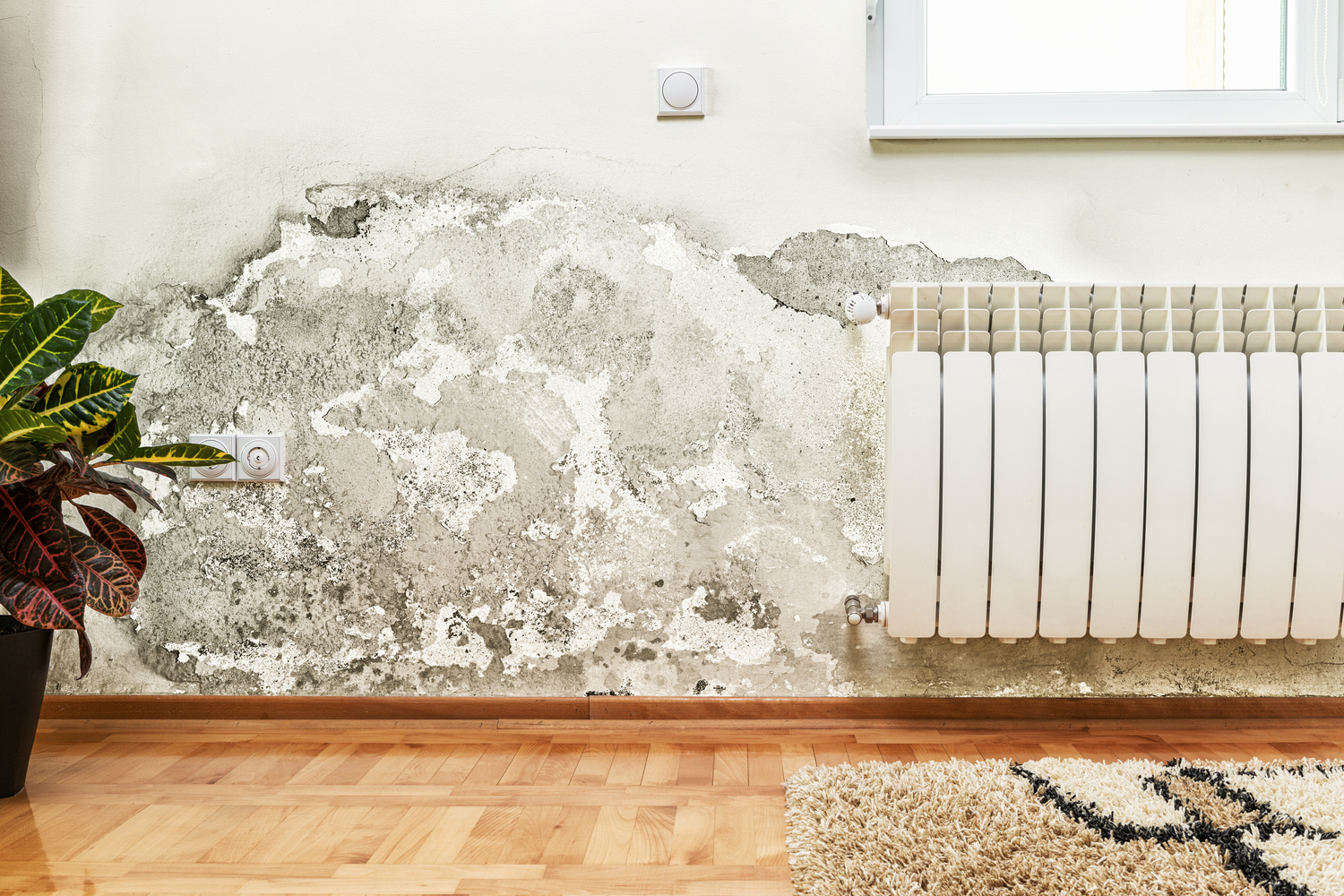The white dusty mold that is found on houseplants, fruits, and vegetables is scientifically known as Sclerotinia sclerotorum. Those of us who can’t pronounce its scientific name also call it cottony rot, stem rot, crown rot, and blossom blight. This type of mold is common on many continents and affects a wide range of plants.
White mold can affect plants at various stages during the plant’s growth cycle making it a very serious fungal disease. The fungus can survive a long time in the soil and can quickly spread from plant to plant. It can also spread throughout a storage facility on harvested crops. Although it affects a multitude of different plants some of its favorite plants include soybeans, green beans, sunflowers, peanuts, and canola.
White Mold Identification
White mold in residential homes does not receive the same notoriety as its cousin Stachybotrys, however it is still capable of causing negative health effects. Because of its light color, white molds can be difficult to detect. It has a white, powdery surface and may appear fuzzy and three-dimensional. This type of mold is generally considered to be toxic in nature and should be carefully removed when discovered.
White mold can sometimes be confused with efflorescence, a crystalline salt-like growth found on concrete and masonry. As water moves through masonry or concrete, it brings with it unbounded salts. As the water evaporates, it leaves a fluffy white substance behind. You can distinguish between the two by their odor ( white mold will smell musty) and a simple water test. If you spray water on efflorescence it will begin to dissolve. White mold will not. Efflorescence is harmless, white mold is not. Also, efflorescence will not develop on wood or plants
You cannot always tell a type of mold based on its color. That requires mold testing. You can however rule out certain types of mold by using color. Stachybotrys and Chaetomium are almost always dark in color.
Common Locations for White Mold
Many times you will see white mold growing on furniture after a water loss. White mold also is attracted to textiles and leather. The good news in the case clothing is that white mold can usually be removed without permanently staining the materials.
Another commonplace where white mold can be found is in areas of high humidity and not necessarily total saturation. That is why this mold can be found in attics on sheathing and on the bottom side of subflooring in crawlspaces and basements.
Although houseplants are a great way to help purify the air in your home, sometimes they will develop white mold and turn from a benefit to a detriment. White mold on plants can be a result of over-watering, a lack of sunlight, or poor maintenance.
Is White Mold Dangerous
Many molds can cause allergic reactions in sensitive individuals. No area of significant mold growth inside, under, or in the attic of your home should be considered safe. Proper identification of the underlying cause, remediation of the mold, cleaning, followed by post-remediation testing and verification should be performed regardless of the color of any mold growth.
Molds can produce allergens and irritants that may cause negative health reactions in sensitive individuals. These reactions can be immediate or develop over a longer period of exposure. Some of these adverse health issues include:
- Asthma attacks
- Sneezing
- Coughing
- Headaches
- Irritation of eyes, nose, and throat
- Fatigue
- Skin rashes
- Shortness of breath
Remediating White Mold in Your Home
Eliminating white mold will require slightly different techniques or treatments, depending on the materials affected:
- Upholstery – vacuum and then wipe with a solution of water and alcohol. Wipe a second time and dry but do not rinse.
- Wood surfaces – vacuum then wipe with an anti-microbial, rinse, and dry immediately.
- Clothing – vacuum, then wash with non-chlorine bleach. Follow this up by rinsing then wash as usual.
- Drywall – always cut out drywall affected by mold. Because of drywall’s porous nature, mold will extend its roots deep into the material and can’t be completely eliminated.
Removing White Mold From Houseplants
- If the mold has spread to the pot, repot the plant using high-quality potting soil. Scoop out any mold and allow the soil to dry out before watering again. Add a natural anti-fungal product to the soil; cinnamon, baking soda and apple cider vinegar work well and won’t damage the plant. Keep the pot free of dead and decaying leaves.
- Identify the state the mold is in. If it is light in color and powdery it is dormant. If the mold is soft and fuzzy appearing, it is active. Take the plant outside away from other plants or trees to avoid cross contamination. Use a damp paper towel to wipe the mold off of the plant’s leaves. Don’t use the same paper towel twice, always use a new one for every wipe. If the mold is still present it is active and you should remove any affected by cutting the leaves off at the stem. Spray the plant with a garden store fungicide and move the plant back inside into bright sunshine.
To help prevent white mold from affecting your houseplants, always repot them when you bring them home. The original soil may already be infected with white mold or white mold spores. Give the new plant plenty of sunlight and air movement. Only water your plants when necessary. Touch the top of the soil to determine if it is dry. Always remove any dead leaves from the pot and trim off dead parts of the plant regularly.
Always wear protective clothing, eye goggles and nitrile gloves when cleaning or coming into contact with mold.
Seek Professional Assistance
Any removal of mold from your home should be done with caution. It is extremely easy to spread uncontained mold spores to other unaffected areas of your home. When mold infestations exceed 10 square feet in size, containment should be established. Mold-sensitive people’s health can become negatively affected if mold spores are inhaled. Mold-sensitive and other at-risk individuals can include young children, seniors, pregnant women, people with compromised immune systems (HIV/AIDS, etc.), and people undergoing chemotherapy treatments.
We suggest consulting with a mold remediation professional like Water Mold Fire Restoration. We can be reached by email at help@watermoldfire.net or by calling 800-905-0277.








